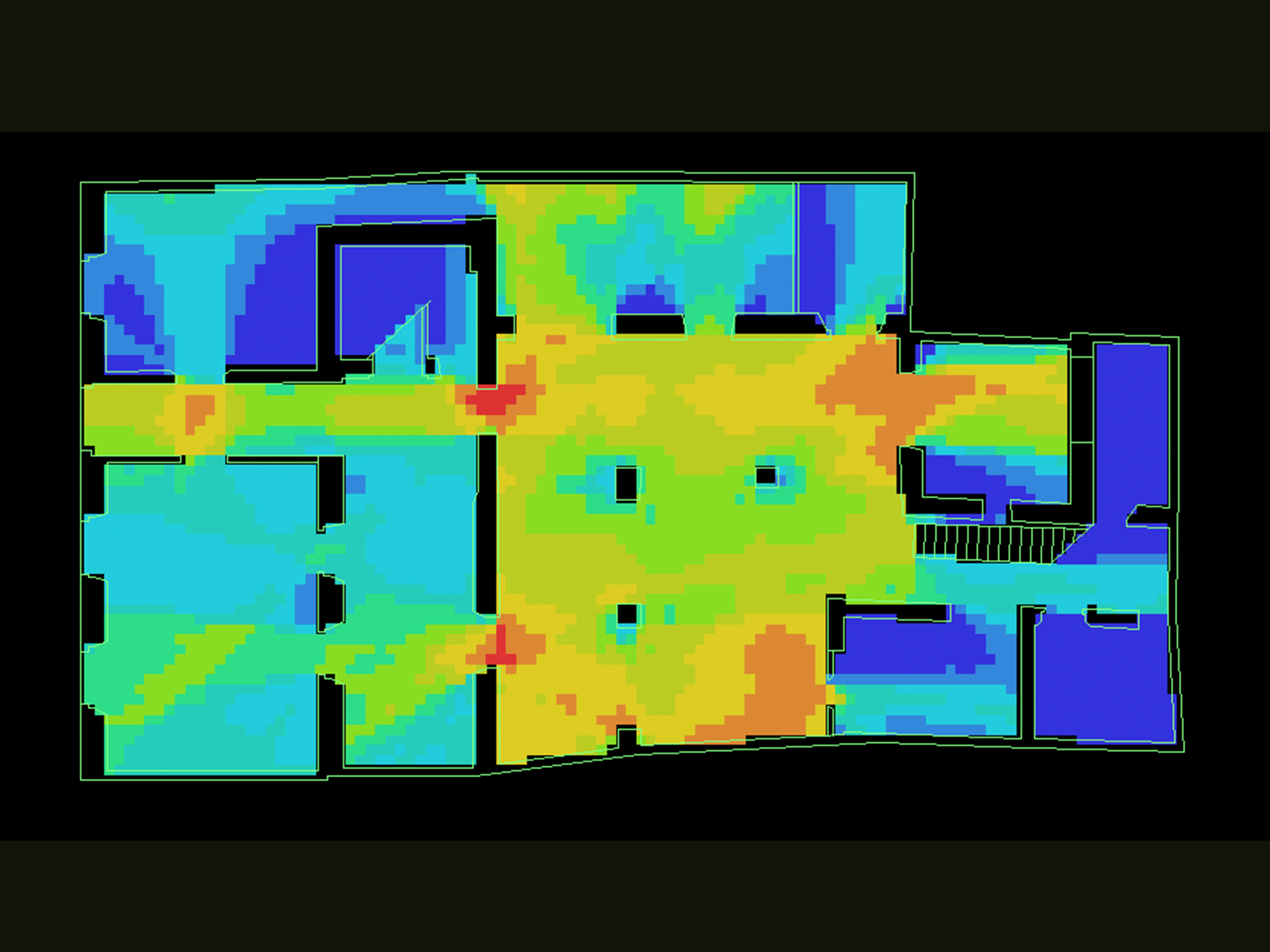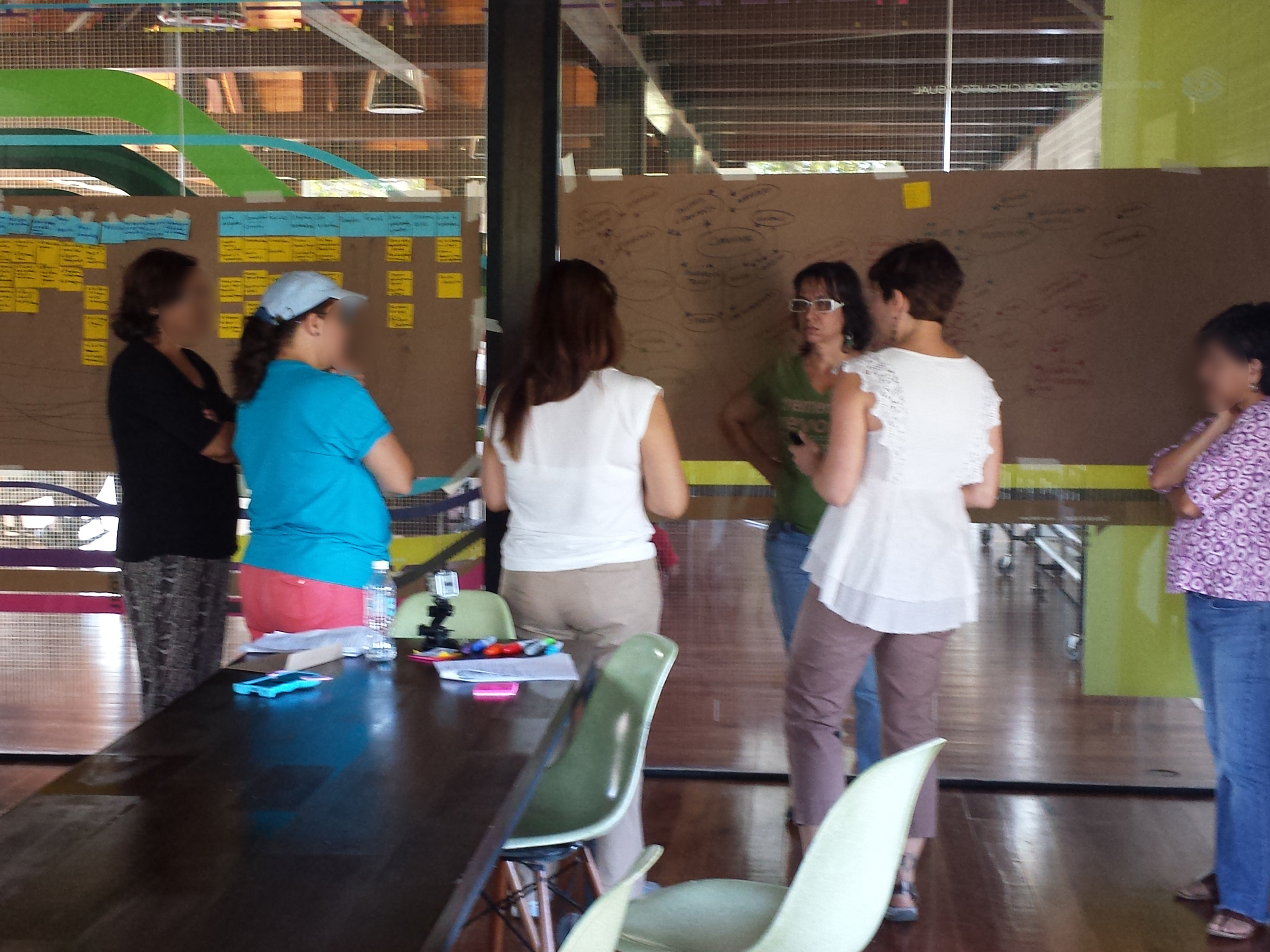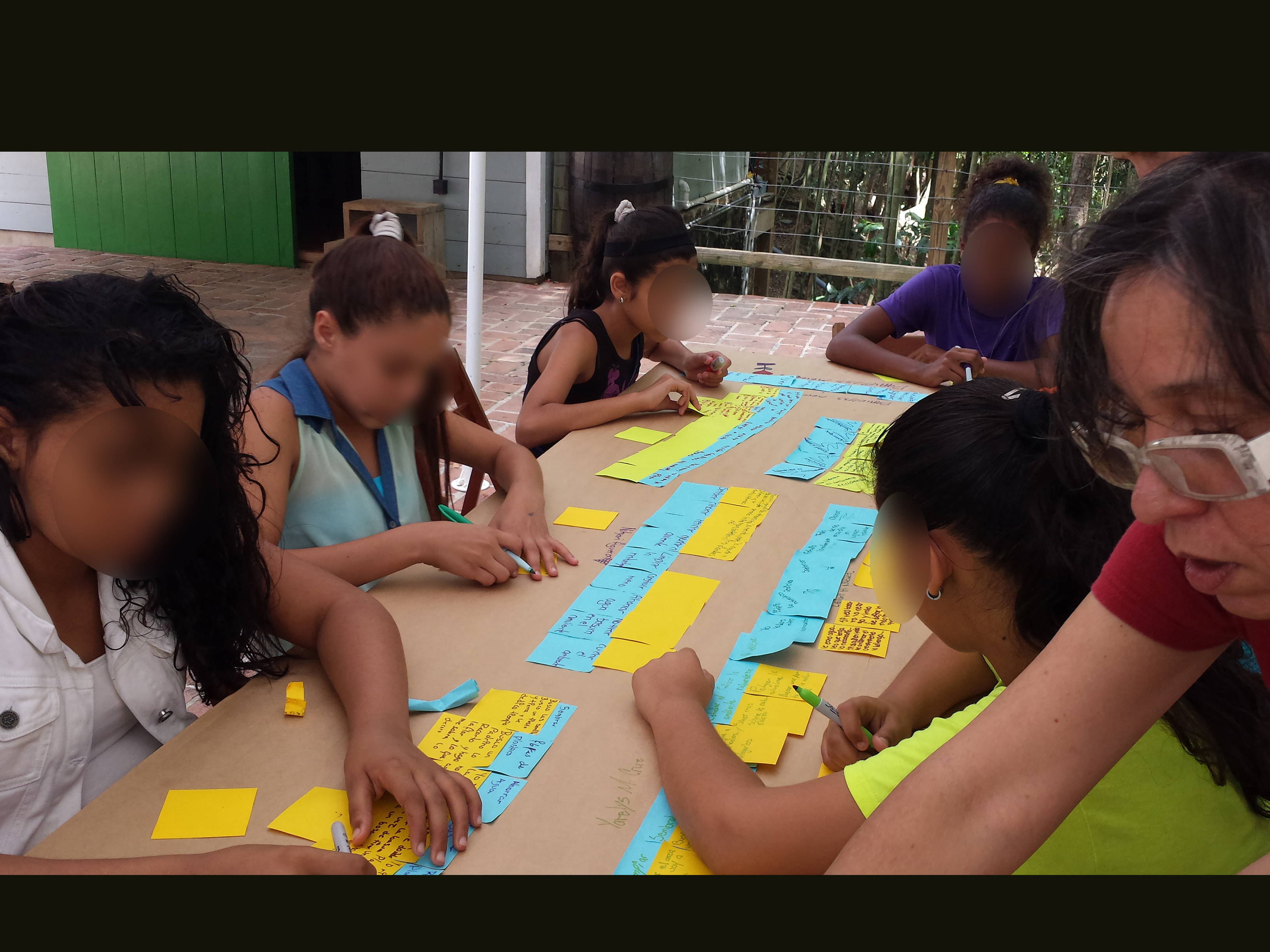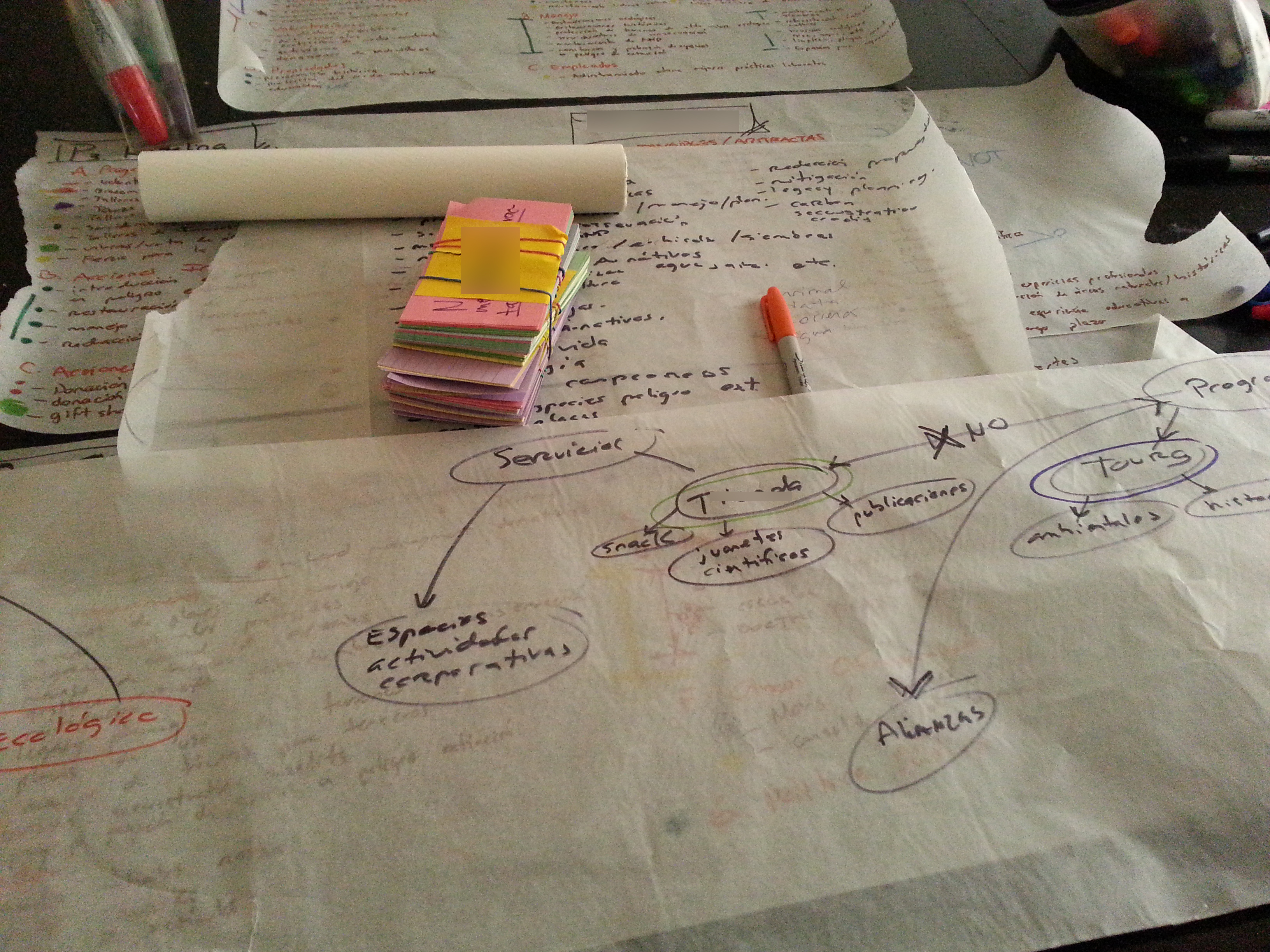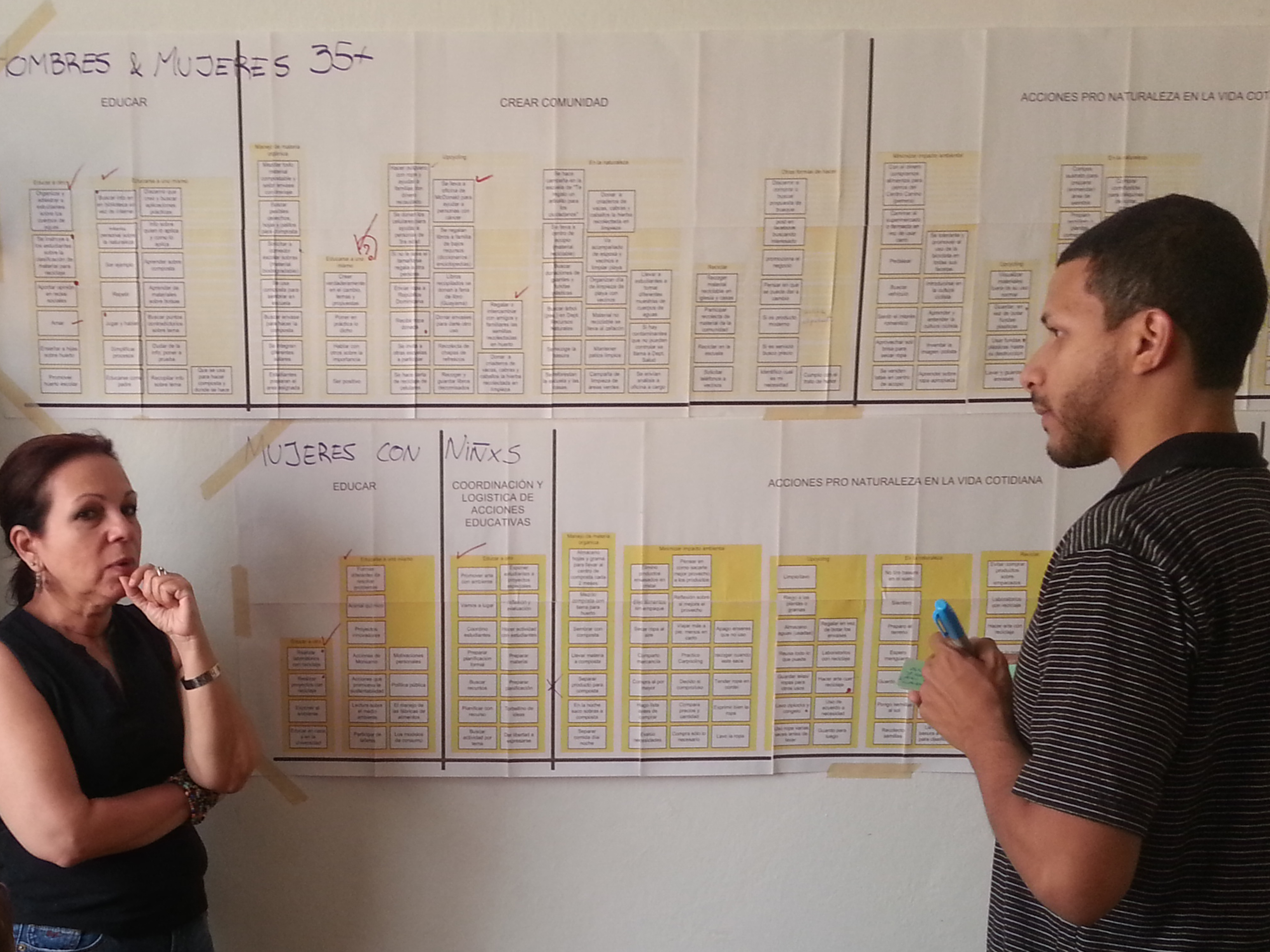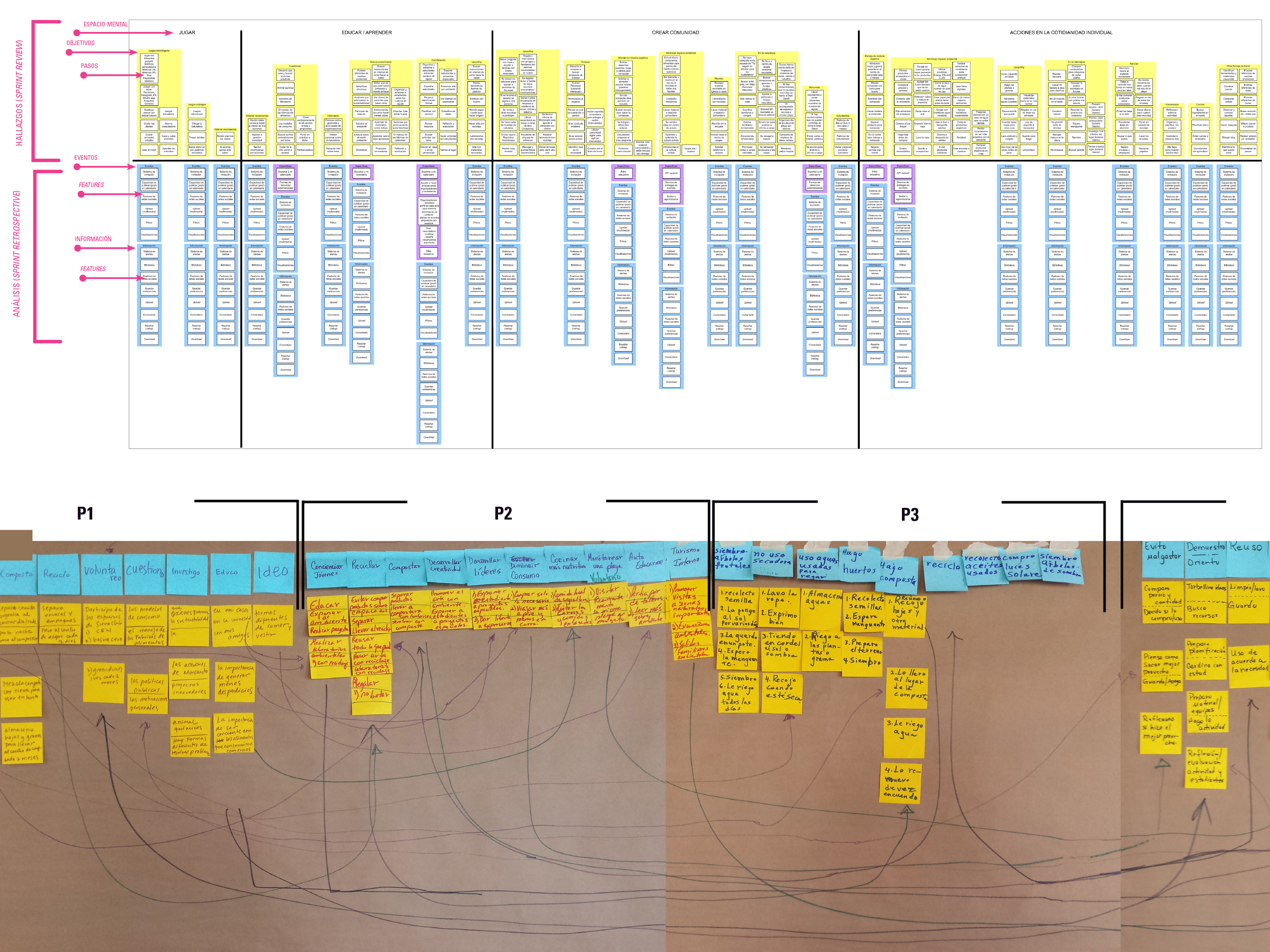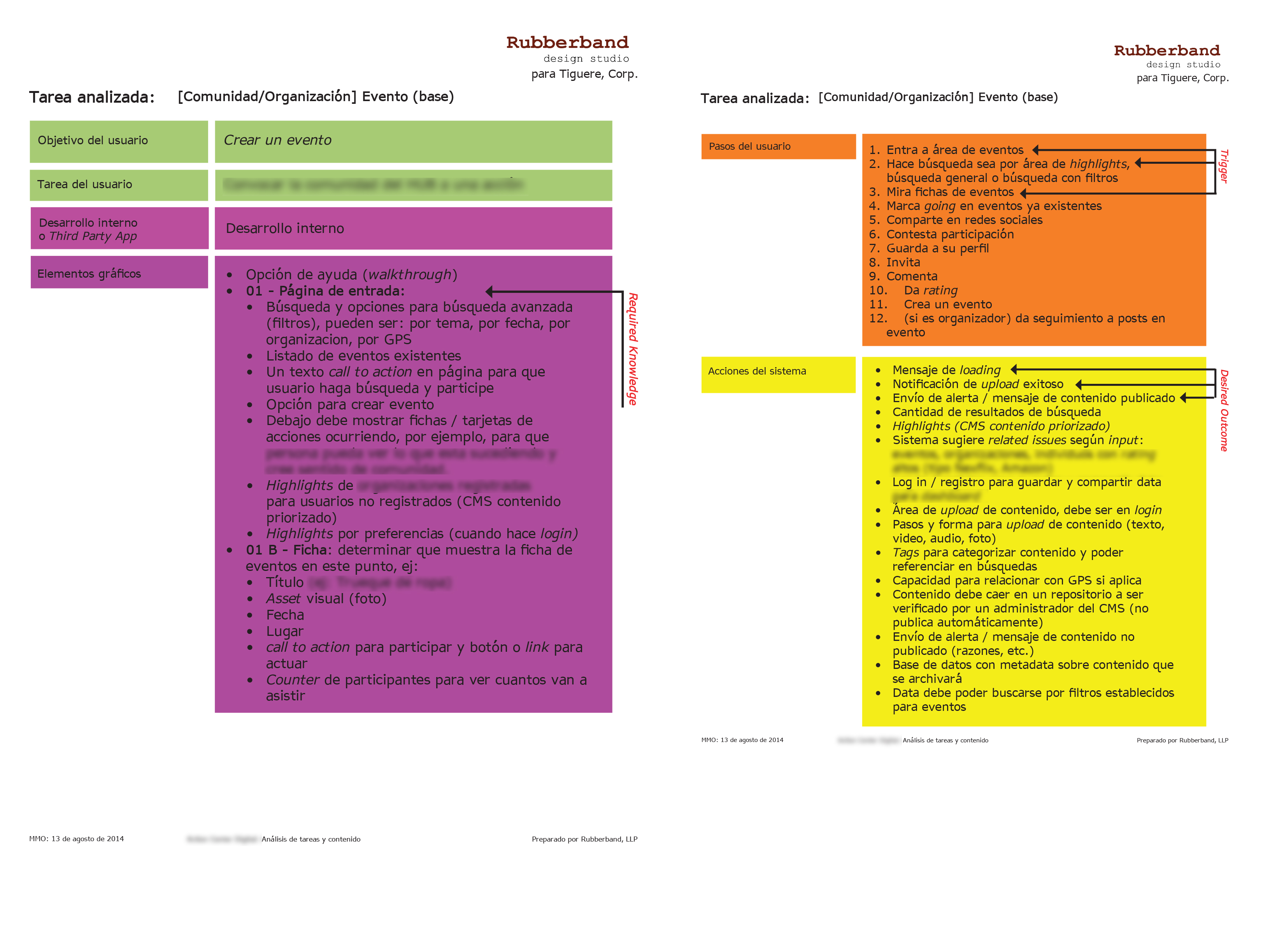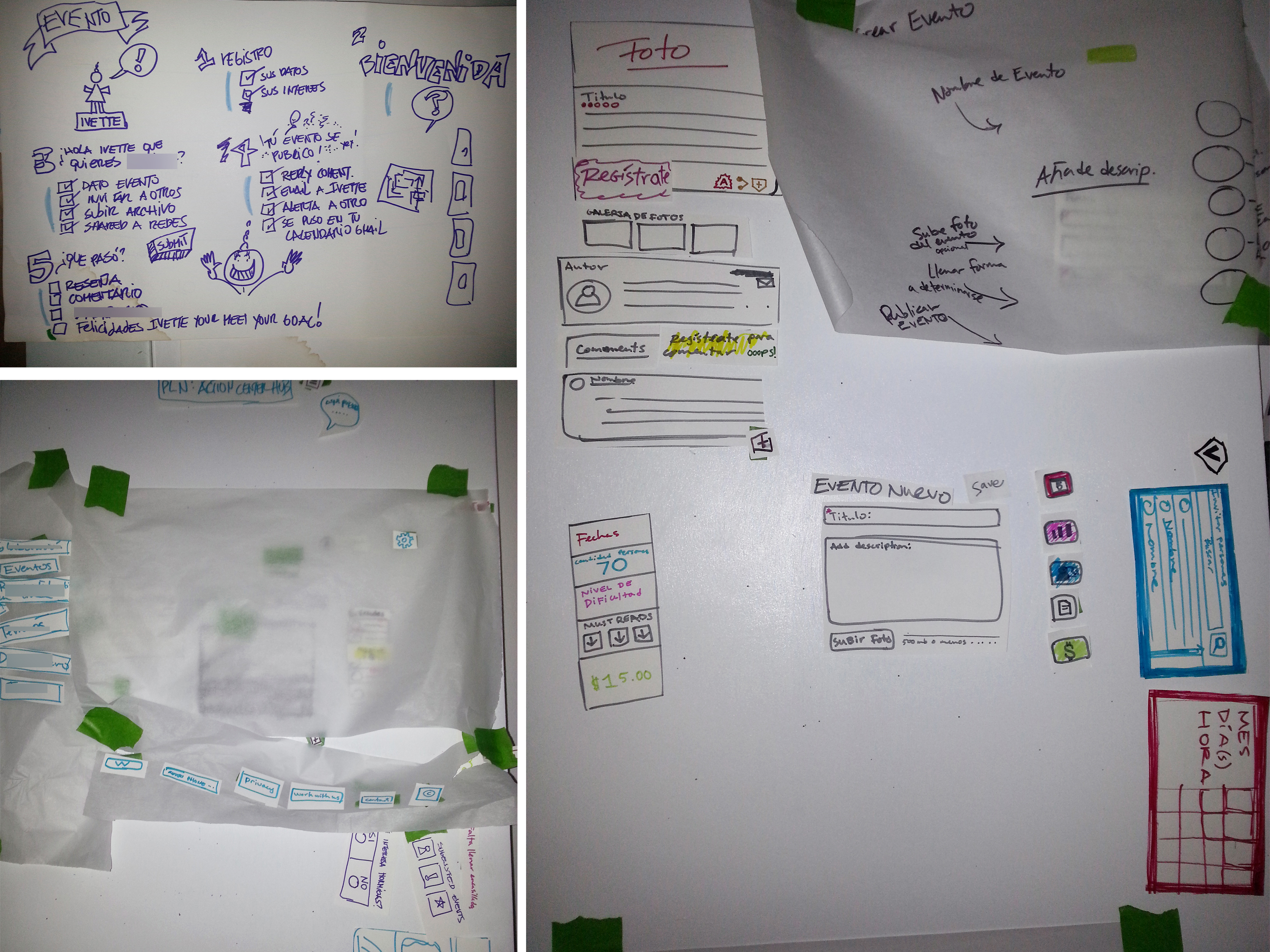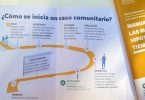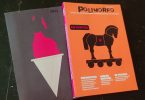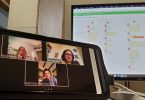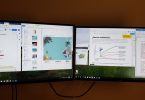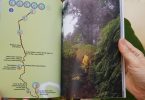The client, Tiguere Corp. (2013-14), is a design studio.
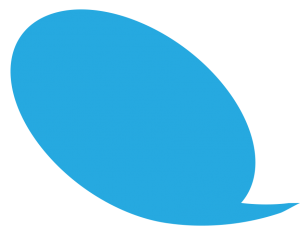 The client wanted to identify how to transform a project of a particular client of theirs into a digital opportunity.
The client wanted to identify how to transform a project of a particular client of theirs into a digital opportunity.
We used various methods, like Agile, from a Design Thinking framework, to triangulate this long-term contextual research, from the perspective of the user and through evidence-based design.
![]() We were approached to inquire, on behalf of Tigueres’ clients, digital opportunities in the realm of environmental conservation. We considered digital literacy, learned through our previous work, as well as the cultural aspects concerning nature and digital actions. We performed various studies, including Space Syntax.
We were approached to inquire, on behalf of Tigueres’ clients, digital opportunities in the realm of environmental conservation. We considered digital literacy, learned through our previous work, as well as the cultural aspects concerning nature and digital actions. We performed various studies, including Space Syntax.
The Agile method was chosen because of it iterative process, which allowed for a complex long-term, design-led research. It also allowed us to make real-time adjustments according to the findings. This was a complex project; Rubberband’s aim was to establish UX Design strategies so our team could inform Tiguere’s designers. For that purpose, O’Neill decided to use the Mental Model tool and Task Analysis in order to synthesize the finding of the contextual research, which was done through working with various segmented groups of participants.
The Mental Models tool (which itself consists of several tools) consisted of affinity diagrams based on the behavior findings of rapid ethnography studies. Mental models are a type of visual display that shows the mental processes and the feelings of a group concerning a particular topic. They help in developing a product that takes into account the complexity of the motivations for its use and the context of its user. Mental models pick up trends among a user’s organized habits, like emotions and motivations, and pairs them with possible products and services. For example, a dieting management app that allows monitoring caloric intake and exercise may not help the user in challenging times (temptation to eat). A Mental Model would pick up those behavior issues.
The final result was used by Tiguere’s designers, under O’Neill’s coaching, to conduct the initial persona scenarios and wireframes of the digital product. A SOW document (Scope of Work) was prepared by Rubberband for Tiguere’s developers.

